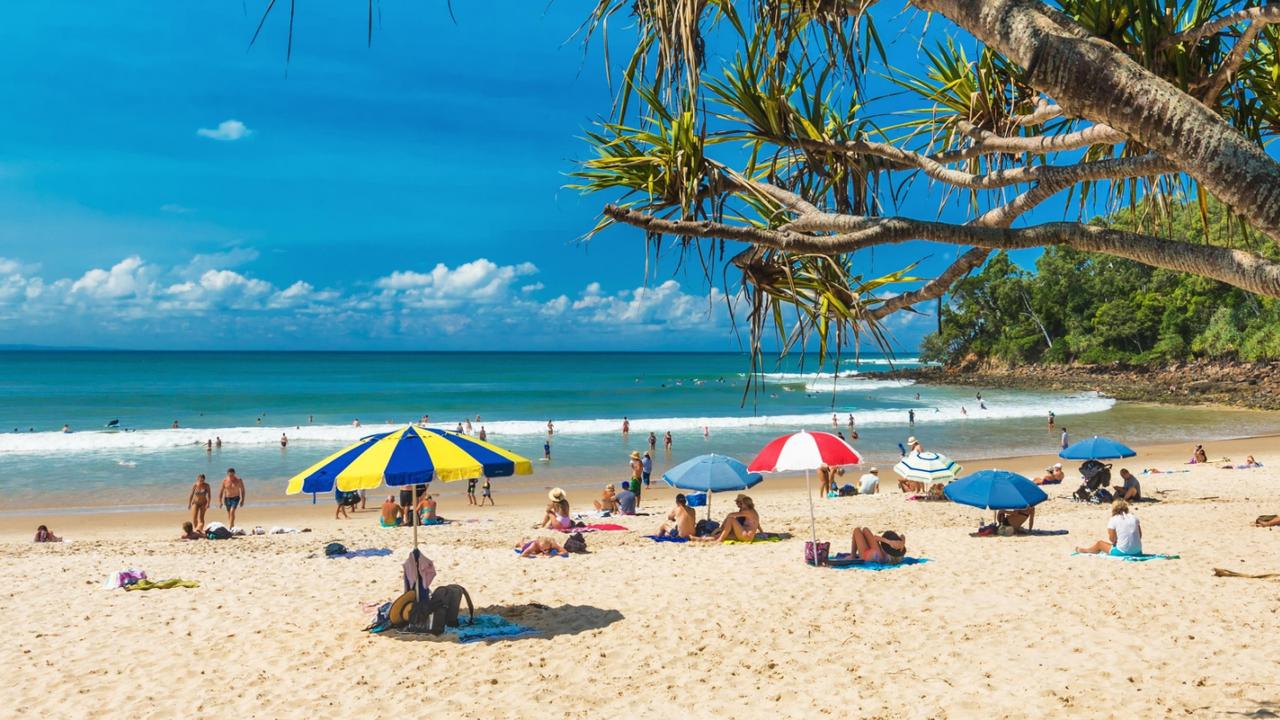Future Cairns: How region’s population can grow outside urban sprawl
Housing challenges in Cairns and across the country are so pronounced because they are no longer only impacting low-income and elderly people, a prominent Far North town planner says.

Cairns
Don't miss out on the headlines from Cairns. Followed categories will be added to My News.
Housing challenges in Cairns and across the country are so pronounced because they are no longer only impacting low-income and elderly people, a prominent Far North town planner says.
Nikki Huddy, managing director of Planz Town Planning, says housing challenges in Cairns and across the country are so pronounced because they are no longer only impacting low-income and elderly people.
“We have had a housing issue in Australia for 15 years or more. But what’s happened is it’s now reached the middle belt,” she said.
“It’s hit home for all of us now … it’s been the issue of our time for some quite time.
“We have got to heed the warnings of the day and think strategically and respond a bit more proactively and with courage; we can’t afford not to if we want to remain vibrant and relevant.”
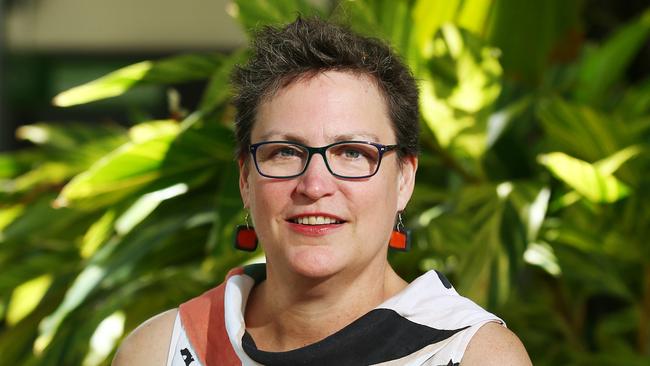
Ms Huddy said Cairns was particularly encumbered by higher material and labour costs – about 20 per cent more – due to its distance from metropolitan centres, as well as a lack of suitable land to build on within the urban footprint.
She along with Kelly Reaston, who together provide planning services through Up North, also support more housing development in regional towns in the Tablelands and Cassowary Coast.
However they are passionate advocates for well-designed higher density housing in Cairns that incorporates a sense of community with shared spaces like parks.
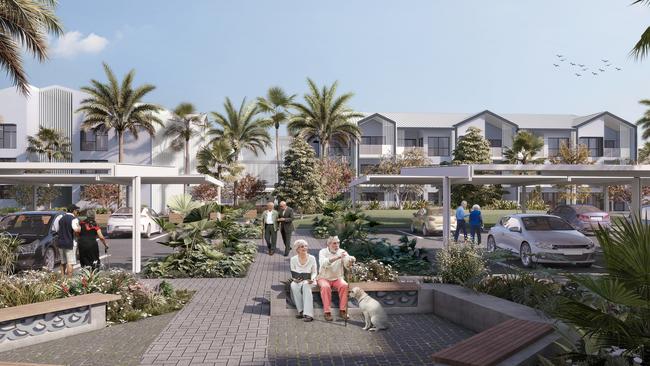
Ms Reaston pointed to a 490-unit social and affordable housing complex being built at the old Woree drive-in as an example of the kind of housing options the city needed.
“The whole concept is to provide a product that allows – particularly people who have relied on social housing long-term and are ageing – to have a more appropriate apartment, living among people in the same age group … which frees up three and four-bedroom housing stock,” she said.
“It’s masterplanned like a community. It has a centralised garden precinct, parklands, it’s made for people with children so families can come visit, it creates a sense of place.”
However developments such as these are increasingly reliant on public or mixed-model funding due to the higher costs of building in a regional city like Cairns, Ms Reaston said.
“It’s a really hard one because you also want the market to stand on is own,” she said.
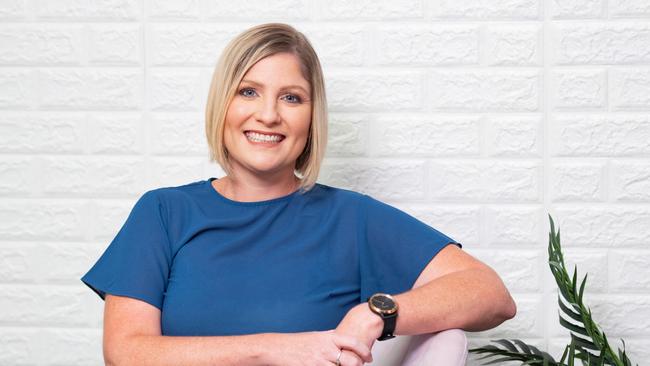
“But most of the unit products that we are getting at the moment are state and federally supported.
“The fundamental barrier to density is market forces … the cost of construction versus the sale price in the region just doesn’t stack up.”
Ms Huddy said the Woree housing complex was being built because there was a government incentive.
“You can’t do it as a free market,” Ms Huddy added.
“And there’s a housing crisis from Cooktown to Weipa … it’s double the price to do it in Weipa.
“That concept of affordability, we can probably still get away with it here but it gets harder and harder the further north or west you go.”
Ms Reaston said while there was a need for density to meet Cairns’ housing needs now and into the future, better-designed stand-alone homes had to be a part of the picture too.
“There is still a role for detached dwellings in our growth, there has to be” she said.
“It’s the younger generation taking an interest in this who are prepared to try different living models … I genuinely believe that Cairns can lead the way as a regional city.”
Ms Huddy agreed it would take leadership and courage to move away from the status quo.
“The best opportunity now is to come up with some designs that leave a positive legacy,” she said.
To Babinda and beyond: How region can grow outside of urban sprawl
Ambitious targets to double the population of Cairns by 2050 could be achieved if we look beyond the urban sprawl, an experienced town planner says.
But she’s warning against tying the city’s growth to a specific target to avoid “polarising” the community and stagnating development altogether for fear of getting it wrong.
It comes as leaders across the community, as part of the Cairns Post’s Future Cairns series, explore how the city can further strengthen its position as the Gateway to the Pacific and provide the housing needed to draw more workers to burgeoning industries.
Gilvear Planning managing director Kristy Gilvear, who has two decades of experience in the sector, established her now-national planning and consultancy business in Babinda in 2009.
She’s a fierce advocate for the role the wider Cairns footprint has to play in the region’s growth and believes towns and communities to the south, north and west of the city have the capacity and desire to grow in population.
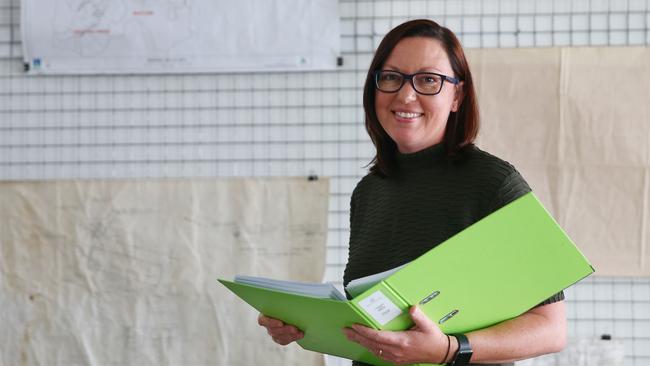
“Our head office for our business is in Babinda, we’ve never suffered as a result of that,” she said.
“We are an hour from an international airport … we have two schools, a hospital including ED, doctors surgeries, pharmacy, shops, social gathering spaces, amazing community assets.
“There is land that is relatively unconstrained available to support and sustain additional growth.”
Ms Gilvear said significant growth would of course take place in Cairns, south to Gordonvale, North to Smithfield, and in the beaches.
“But our smaller communities – including those outside the Cairns Regional Council local government area – have a really important role to play,” she said.
Mrs Gilvear said the region was home to many “dynamic communities” up and down the coast, in the Tablelands and the Cape, describing their agricultural offerings from bananas to sugarcane and cattle grazing as an important piece of the region’s identity.
“We focus a lot I believe on maintaining that protected estate, our vegetation, forested hill slopes, our waterways which are obviously critical, but we should also include in that conversation the need to protect the active landscapes,” she said.
“We really need to be looking outside the urban footprint and considering with more detail, how we need to manage these areas.”
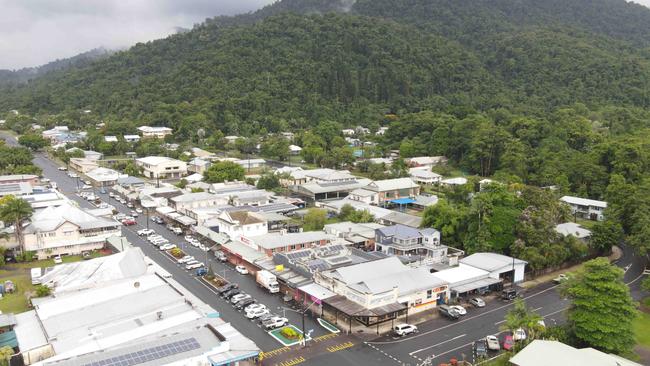
A greater focus on regional towns like Babinda and beyond was needed from all levels of government, Mrs Gilvear said, if the region was to move forward together.
“Our smaller towns for a while now have suffered as a result of people leaving to go to the big smoke,” she said.
“We can’t keep doing the idea of accommodating all of our growth in and around Cairns.
“I think my community (Babinda) would be embracing the opportunity for growth and that would be important in terms of employment opportunities.
“There has to be a willingness on the part of everybody involved, including the community, to have that conversation.
“And having the strength and the bravery in our decision makers, be they political or bureaucrats, is also going to be really critical to achieving good outcomes.”
Mrs Gilvear said while change and population growth was no doubt challenging, it could also be immensely rewarding.
“It can present tremendous opportunities that we couldn’t possibly anticipate … (but) we have to be brave, we have to be prepared to take a risk.”
More Coverage
Originally published as Future Cairns: How region’s population can grow outside urban sprawl



